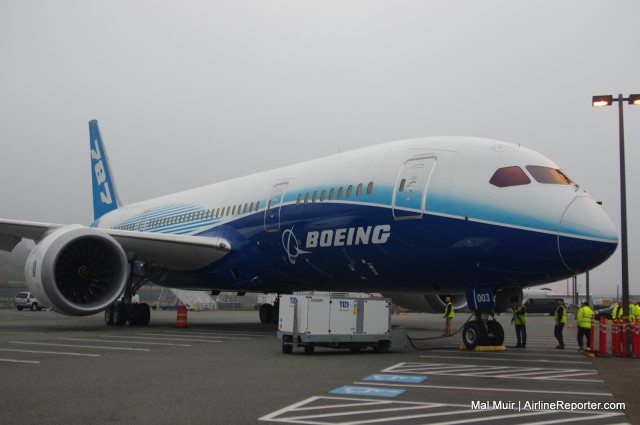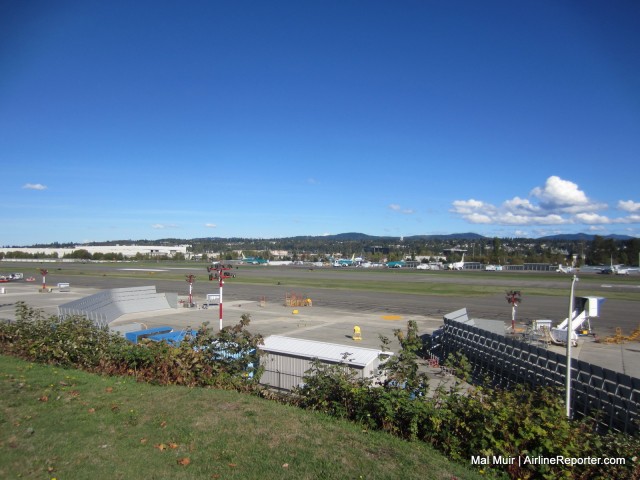Saturday, November 8th at the Museum of flight will forever be known as Dreamliner Day. This Seattle aviation museum is known for many examples of aircraft built in the Seattle area, such as the first 747, the prototype 737, and the only remaining Boeing 80A. But now the Museum has it’s own Boeing 787 Dreamliner, the first museum in the world to have such an aircraft.
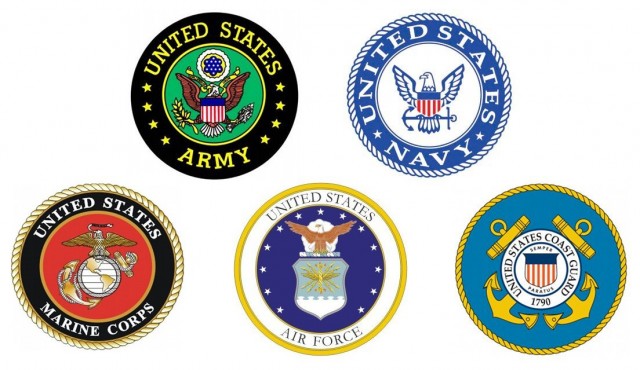
All of us at AirlineReporter would like to thank the Veterans who have served our country and those who are still serving. We know there are quite a few of you that read our site and we are always grateful. To celebrate this day, we wanted to share some of our veteran/military-related stories:
- Honor Flight: American Airlines Flies Veterans from OSH to DC
- A Salute to Veterans from Alaska Airlines
- Alaska Airlines ’œMaintenance Angels’ Help Fallen Soldiers Return Home
- My Father Celebrates Armed Forces Day With Some Heros and Southwest Airlines
- Airliners Landing on an Aircraft Carrier? Oh yes!
- Fallen Soldier Saluted by Alaska Airlines and LAX
- The End Of An Era: The Transition From The Prowler To The Growler
- Flying on a Classic Boeing B-29 Superfortress
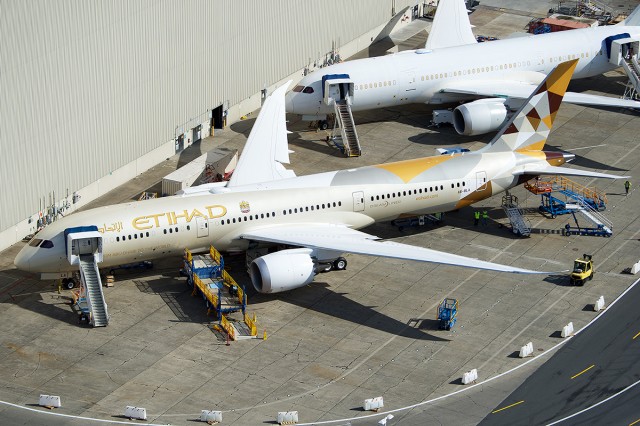
Aerial photo of Etihad Airways’ first 787-9 at Paine Field – Photo: Bernie Leighton
Here we have the fourth installment of showing off the beautiful Boeing 787 Dreamliner liveries that have been seen at Paine Field and around the world. There have now been 42 different liveries. Last update was from July 2013 and we have seen quite a few new ones since then.
Let me know in the comments: Which 787 livery is your favorite? Your least favorite?
In the past, we have featured plane spotting guides for Paine Field and also other airports like Anchorage or Tokyo Haneda. With numerous airports in the Seattle area, including SeaTac and Boeing Field, there is sometimes a forgotten, but quite important, airport for plane spotters which provides a continuous stream of aircraft to spot. I am speaking of Renton Municipal Airport, the home of Boeing’s narrow-body aircraft plant.
The Renton Airport traces its history back to World War II. Originally built on reclaimed land from Lake Washington, the airport was built by the Department of Defense (DoD) to support Amphibious Aircraft being built by Boeing on Lake Washington. The PBB Sea Ranger project was cancelled after the prototype was built, so Boeing ended up using the facility to produce the B-29 Superfortress. By the end of the war, a total of 1,119 were built.
After the war, the City of Renton purchased the airport back from the DoD for $1 and the facility laid dormant for a few years. In 1948, the KC-97 Stratofreighter project brought the airport back to life and thus began a long and productive history of aircraft to flow out of the Boeing factory doors. The first Dash 80 aircraft, famous for the barrel roll over Lake Washington, rolled out in May 1954. Renton was the home of every single 707 built.
The 727 & 757 were all built there as well. However, Renton is famous these days for being the home of the 737, where production stands at a massive 42 aircraft per month.
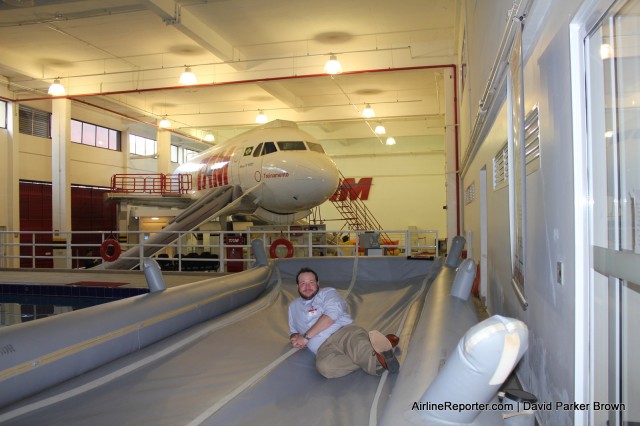
Hanging out on a safety slide next to the TAM pool. Lots of funny jokes about pushing me in.
Who flies 15,000 miles to just spend one night in a foreign country? This guy!
I was recently invited to Sao Paulo to take a look a behind the scenes look at TAM Airlines’ operations. When invited, my first thought was, “hell yes,” but once seeing that I would be flying 15,000 miles for one night in Brazil, I felt that there might be some challenges (and lack of sleep). But was it worth it? I wasn’t sure at first. So, I decided to take you behind-the-scenes of the behind-the-scenes trip — what is it like to do a media trip in such a short amount of time.

Lots of miles, lots of things to do, not a lot of sleep – Image: GCMap.com
The media schedule was cram-packed of activities and not too much time to sleep. I would fly from Seattle to New York in economy (well, premium economy on the way home), then take the red-eye on TAM from New York’s JFK to São Paulo’“Guarulhos International Airport, and then take another red eye back to the US. With such a short trip, this meant that I needed to do the best I could to rest when possible, keep hydrated, and heck, why not have some fun too.
When I take these media trips, I think most of my friends and family visualize me on the beach or next to a pool with a nice drink (probably one with an umbrella in it) and it is all wine and dine. These media trips are VERY different than that, but it doesn’t mean that I do not love them. Even though there is a lot of fun in doing them, I am on a job and doing work. Sometimes, that means pushing through when all my body wants to do is shut down. This trip put me to the test.
